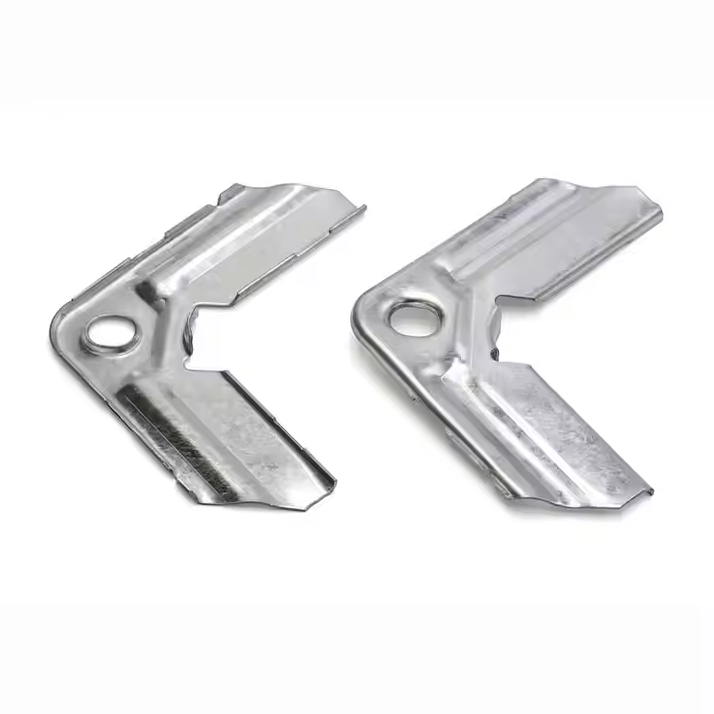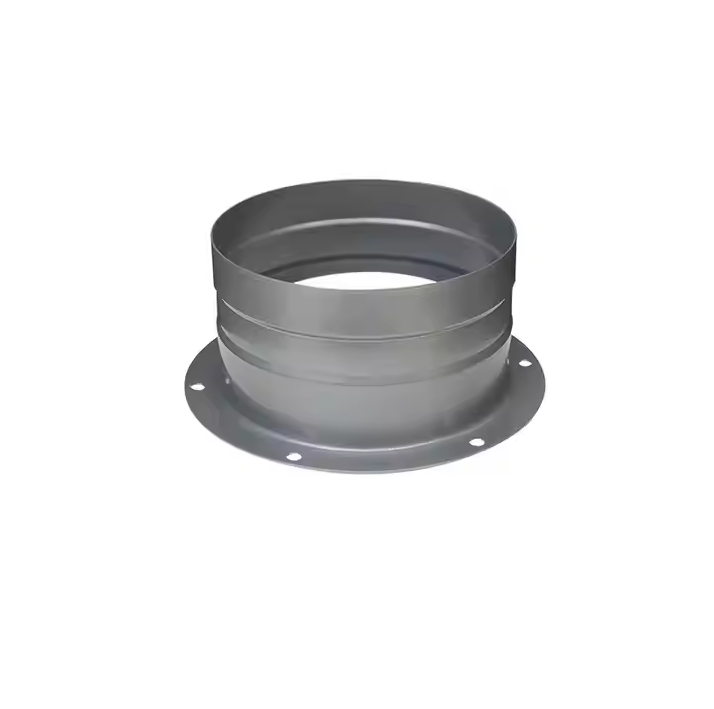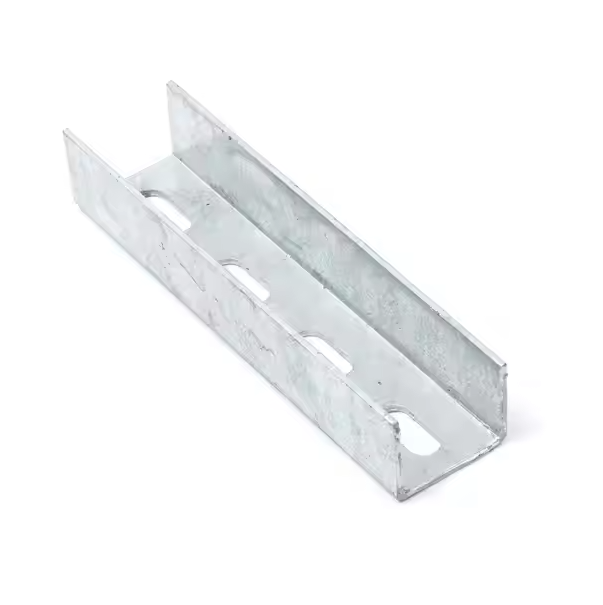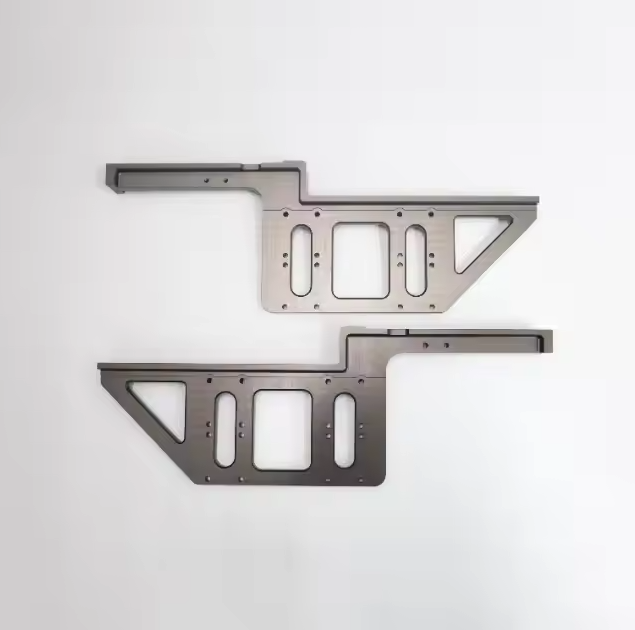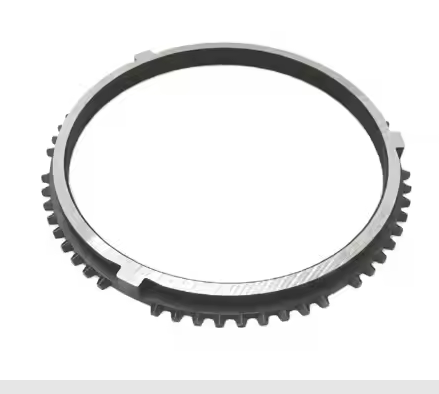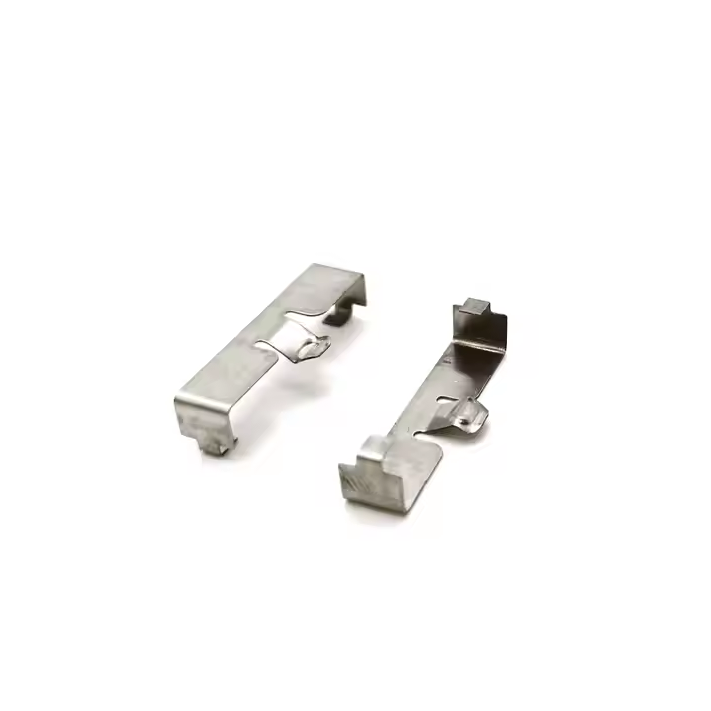In modern industrial production and the manufacturing of daily necessities, the appearance and logo of products are not only the intuitive display of brand image, but also the key factors to attract consumers' attention. With its unique process advantages, pad printing surface treatment technology can carve delicate and rich patterns and logos on the surface of various products, and occupies an indispensable position in the manufacturing industry.
Definition of pad printing surface treatment
Pad printing surface treatment is a printing process that transfers the pattern on the steel plate to the surface of the product through a silicone head (pad printing rubber head).
Advantages and characteristics of pad printing surface treatment
1. Adapt to complex surfaces
The biggest advantage of pad printing technology is that it can perfectly adapt to the surfaces of products with various complex shapes, whether it is a spherical, curved, uneven surface, or a component with a special structure, it can achieve accurate printing.
2.High precision and detail presentation
The pad printing rubber head has good flexibility and elasticity, can fit the product surface closely, and achieve high-precision pattern transfer.
3.Multi-color printing capability
By using multiple pad printing stations and different colors of ink, the pad printing process can achieve multi-color overprinting, presenting a colorful and layered pattern effect on the product surface.
4.High cost-effectiveness
Compared with some complex printing processes, the equipment investment of pad printing is relatively low, and the mold making cost is not high, which is suitable for the production of small batches and multiple varieties of products.
5.Good environmental performance
The ink used in the pad printing process can be selected from environmentally friendly materials, and the amount of ink used is relatively small, which reduces the volatilization of organic solvents and the generation of waste.
Advantages and characteristics of pad printing surface treatment
1. Adapt to complex surfaces
The biggest advantage of pad printing technology is that it can perfectly adapt to the surfaces of products with various complex shapes, whether it is a spherical, curved, uneven surface, or a component with a special structure, it can achieve accurate printing.
2.High precision and detail presentation
The pad printing rubber head has good flexibility and elasticity, can fit the product surface closely, and achieve high-precision pattern transfer.
3.Multi-color printing capability
By using multiple pad printing stations and different colors of ink, the pad printing process can achieve multi-color overprinting, presenting a colorful and layered pattern effect on the product surface.
4.High cost-effectiveness
Compared with some complex printing processes, the equipment investment of pad printing is relatively low, and the mold making cost is not high, which is suitable for the production of small batches and multiple varieties of products.
5.Good environmental performance
The ink used in the pad printing process can be selected from environmentally friendly materials, and the amount of ink used is relatively small, which reduces the volatilization of organic solvents and the generation of waste.
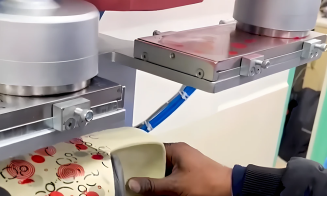
Application fields of pad printing surface treatment
1. Toy industry
From cartoon patterns and animal images of plastic toys to brand logos and decorative stripes of toy cars, they are all realized through pad printing technology.
Logos, texts, patterns, etc. on electronic products such as electronic components, mobile phone shells, computer keyboards, remote controls, etc. are mostly printed using pad printing technology.
3. Daily necessities industry
Cups, tableware, cosmetic packaging, stationery and other daily necessities can be printed with various exquisite patterns and brand logos through pad printing surface treatment.
Automotive parts such as dashboards, steering wheels, interior decorations, headlights, etc. are often surface treated with pad printing technology.
5. Medical device industry
In the production of medical devices, pad printing technology is used to print product models, specifications, instructions for use and other information, as well as brand logos and patterns.
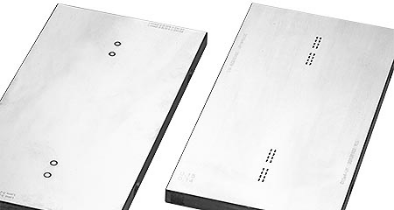
Pad printing surface treatment technology plays an irreplaceable and important role in modern manufacturing with its unique process charm and wide application value. In the future, pad printing surface treatment technology will continue to inject new vitality into the development of the manufacturing industry and create more excitement and possibilities.
